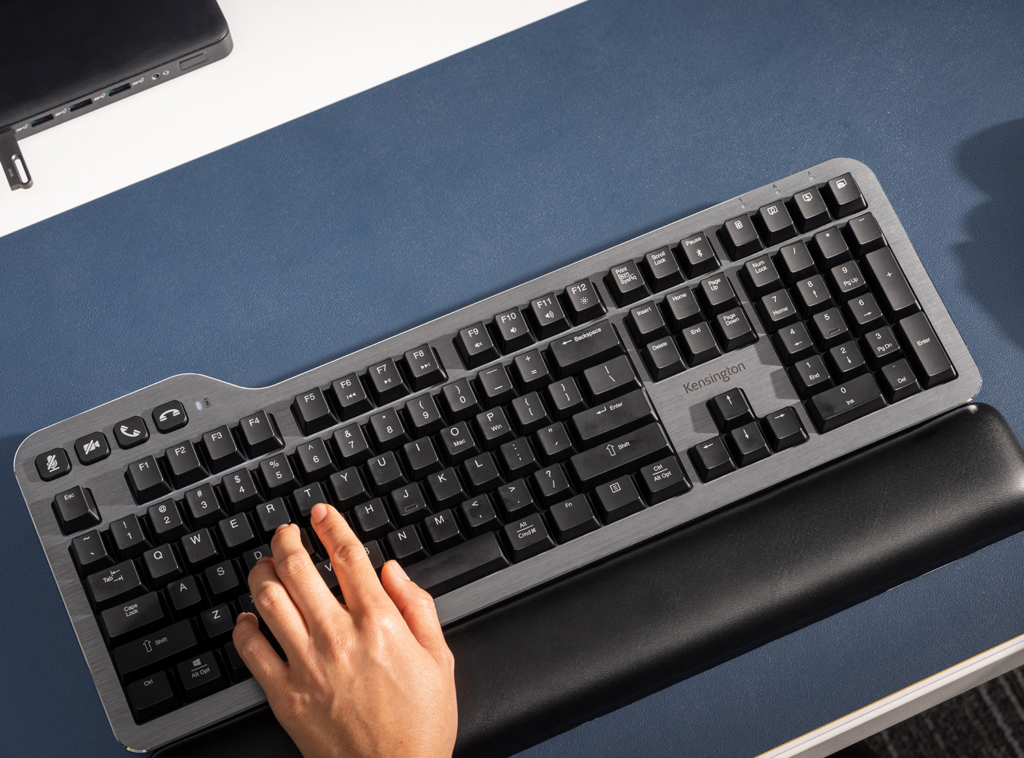Introduction: Understanding Keyboard Types
When selecting a keyboard, the choice between a butterfly keyboard and a traditional keyboard can influence your overall typing experience. Both types offer distinct features and benefits, making it crucial to understand their differences. This comprehensive guide will help you determine which keyboard suits your needs best.
What is a Butterfly Keyboard?

The butterfly keyboard is a modern innovation introduced by Apple in 2015. It stands out due to its unique key mechanism. Each key features a butterfly-shaped hinge that aims to provide a lower profile and more responsive typing experience. This design reduces key travel, making each keystroke more efficient.
Advantages of Butterfly Keyboards
- Sleek and Slim Design: One of the main appeals of butterfly keyboards is their ultra-slim profile. This design contributes to a sleek, modern look, making it popular among users who prioritize aesthetics and portability.
- Faster Typing Speed: The reduced key travel can potentially lead to increased typing speed. The minimal movement required for each keystroke allows for quicker typing, which can be beneficial for those who type extensively.
- Quieter Operation: Butterfly keyboards generally produce less noise compared to traditional mechanical keyboards. This quieter operation is advantageous in shared workspaces or quiet environments, minimizing distractions for others.
Drawbacks of Butterfly Keyboards

- Durability Concerns: One of the significant drawbacks of butterfly keyboards is their reported durability issues. Users have frequently encountered problems such as sticky keys and keyboard failures, primarily due to the complex design and reliance on delicate components.
- Typing Comfort: While some users appreciate the shallow key travel, others find it uncomfortable. The lack of tactile feedback and minimal key movement can lead to fatigue during long typing sessions, affecting overall comfort.
- Repair and Maintenance Challenges: Repairing butterfly keyboards can be challenging and costly. The integrated design means that individual keys or components are not easily replaceable, making repairs more complex compared to traditional keyboards.
What is a Traditional Keyboard?
Traditional keyboard, which include membrane and mechanical varieties, have been a staple in computing for decades. They come in various designs, each offering different typing experiences. Mechanical keyboards, in particular, use individual switches beneath each key to provide distinct tactile feedback and durability.
Advantages of Traditional Keyboards
- Robust Durability: Mechanical keyboards, especially, are known for their durability. They are designed to withstand extensive use, making them a reliable choice for heavy typists and gamers alike.
- Typing Comfort: Traditional keyboards often provide better typing comfort. Mechanical switches, with their tactile feedback and adjustable key travel, cater to users who prefer a more responsive and customizable typing experience.
- Customization and Repair: Traditional keyboards are generally easier to repair and customize. Users can replace keycaps, switches, and other components, allowing for a more personalized setup. This flexibility also extends to repairs, which can be performed more straightforwardly than with butterfly keyboards.
Drawbacks of Traditional Keyboards

- Bulkier Design: Traditional keyboards tend to be bulkier and heavier compared to their butterfly counterparts. This can be less convenient for users who require a portable or slim device, such as those using laptops on the go.
- Increased Noise: Mechanical switches, particularly those with tactile or clicky feedback, can be noisier than butterfly keyboards. This increased noise level might not be ideal in quiet or shared environments where minimizing sound is essential.
- Higher Cost: Some high-end mechanical keyboards come with a steep price tag. While they offer durability and customization, the cost may be a consideration for those on a tighter budget.
Comparing Typing Experience

The typing experience can vary significantly between butterfly and traditional keyboards. Butterfly keyboards offer a modern, minimalist design with a distinct feel due to their shallow key travel. This can be appealing to users who value aesthetics and quieter operation. On the other hand, traditional keyboards provide a range of tactile feedback options, which many find more comfortable and suitable for extended typing sessions.
Conclusion: Making the Right Choice
Ultimately, the choice between a butterfly keyboard and a traditional keyboard depends on your specific needs and preferences. If you prioritize a slim, sleek design and quieter typing, a butterfly keyboard might be the right fit for you. Conversely, if durability, typing comfort, and customization are more important, a traditional keyboard could be the better option. Evaluate your typing habits, work environment, and ergonomic requirements to make an informed decision that enhances your overall typing experience.